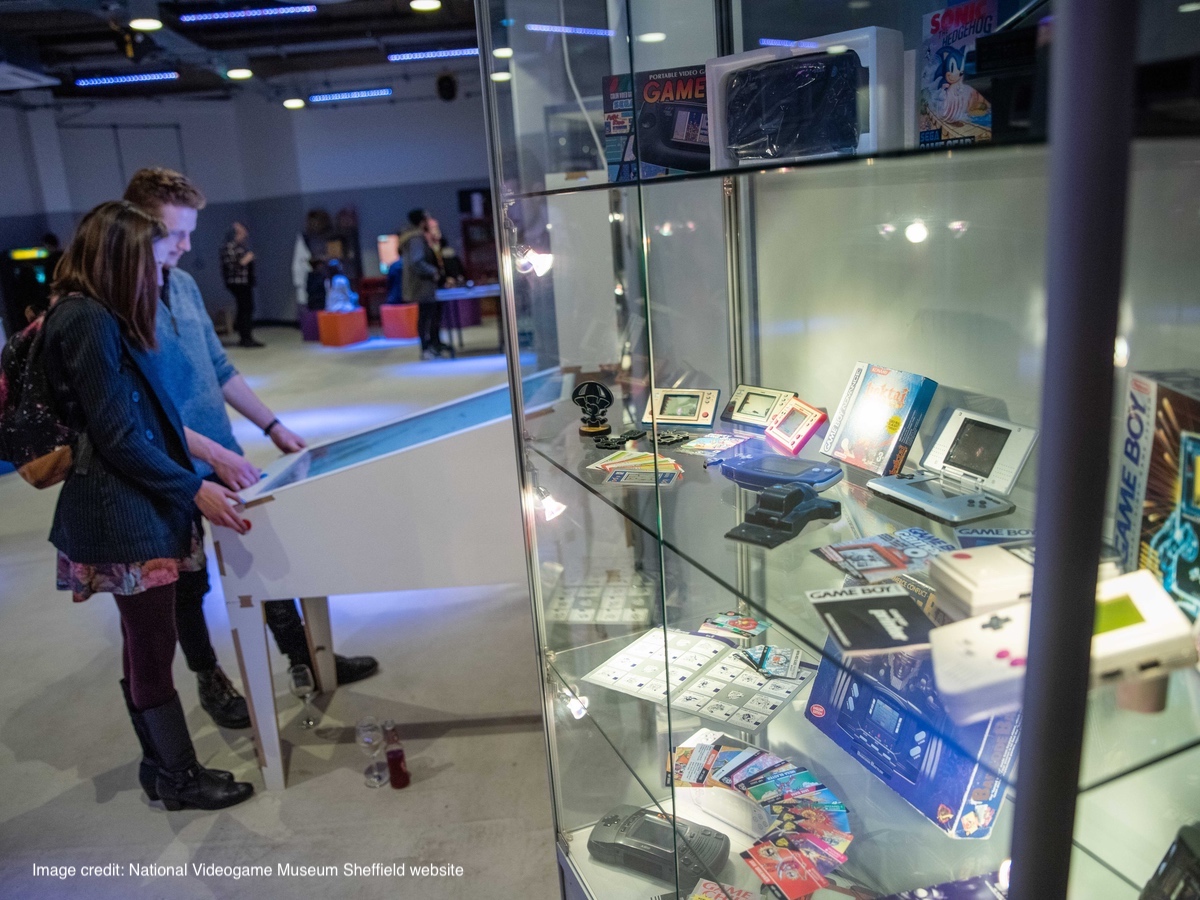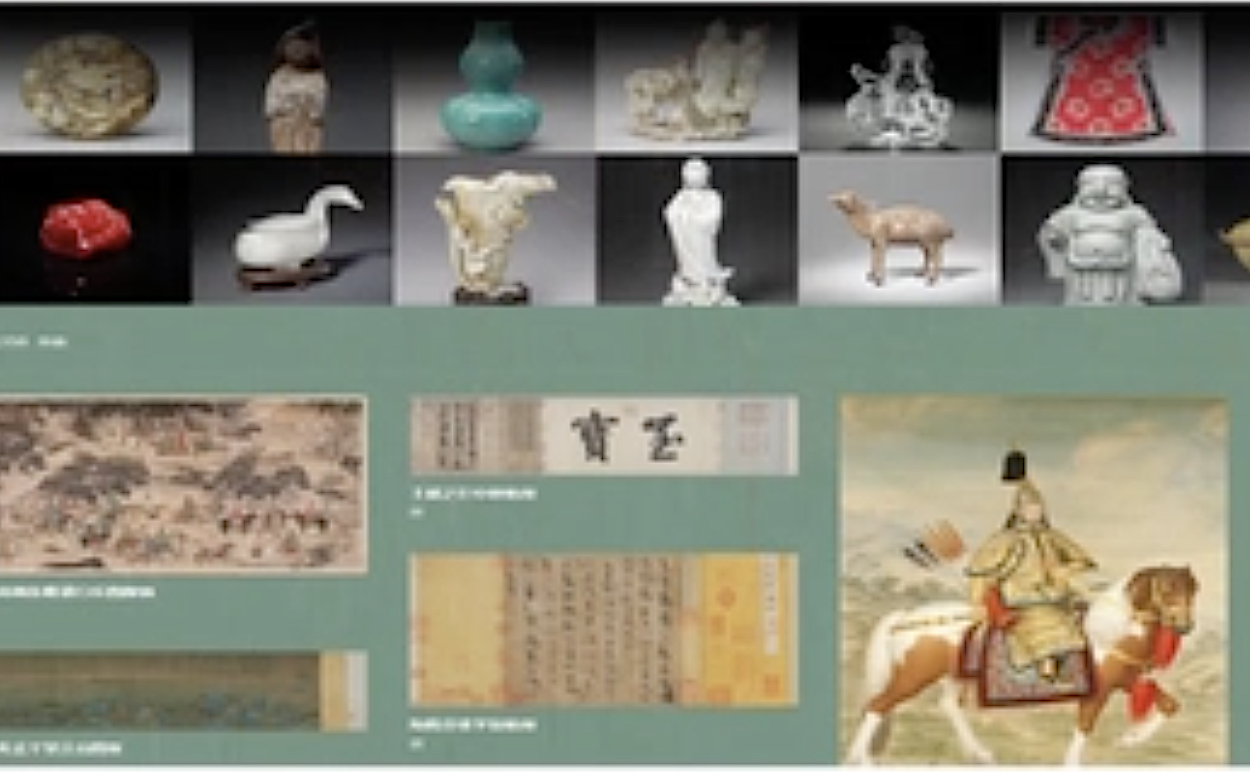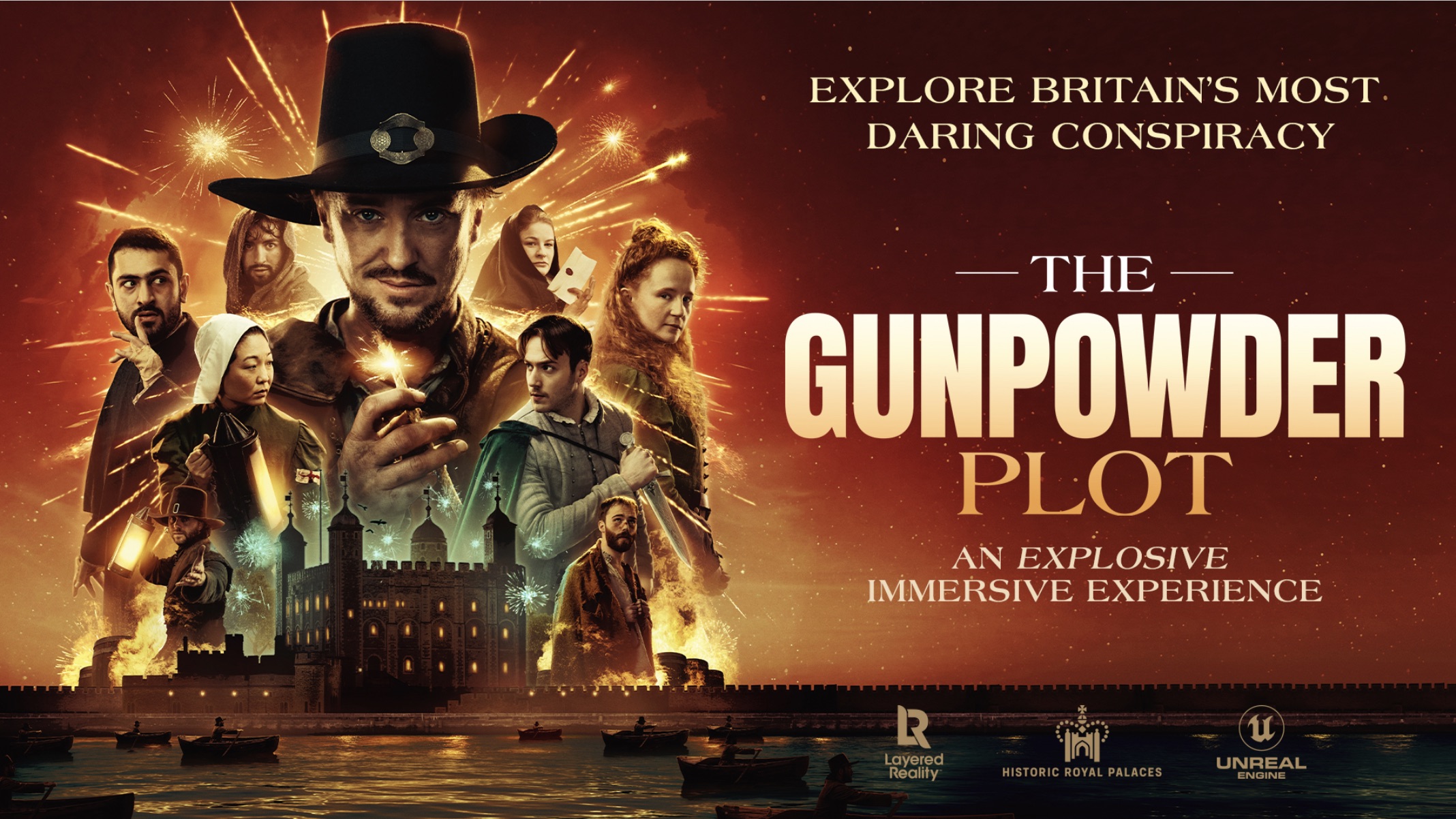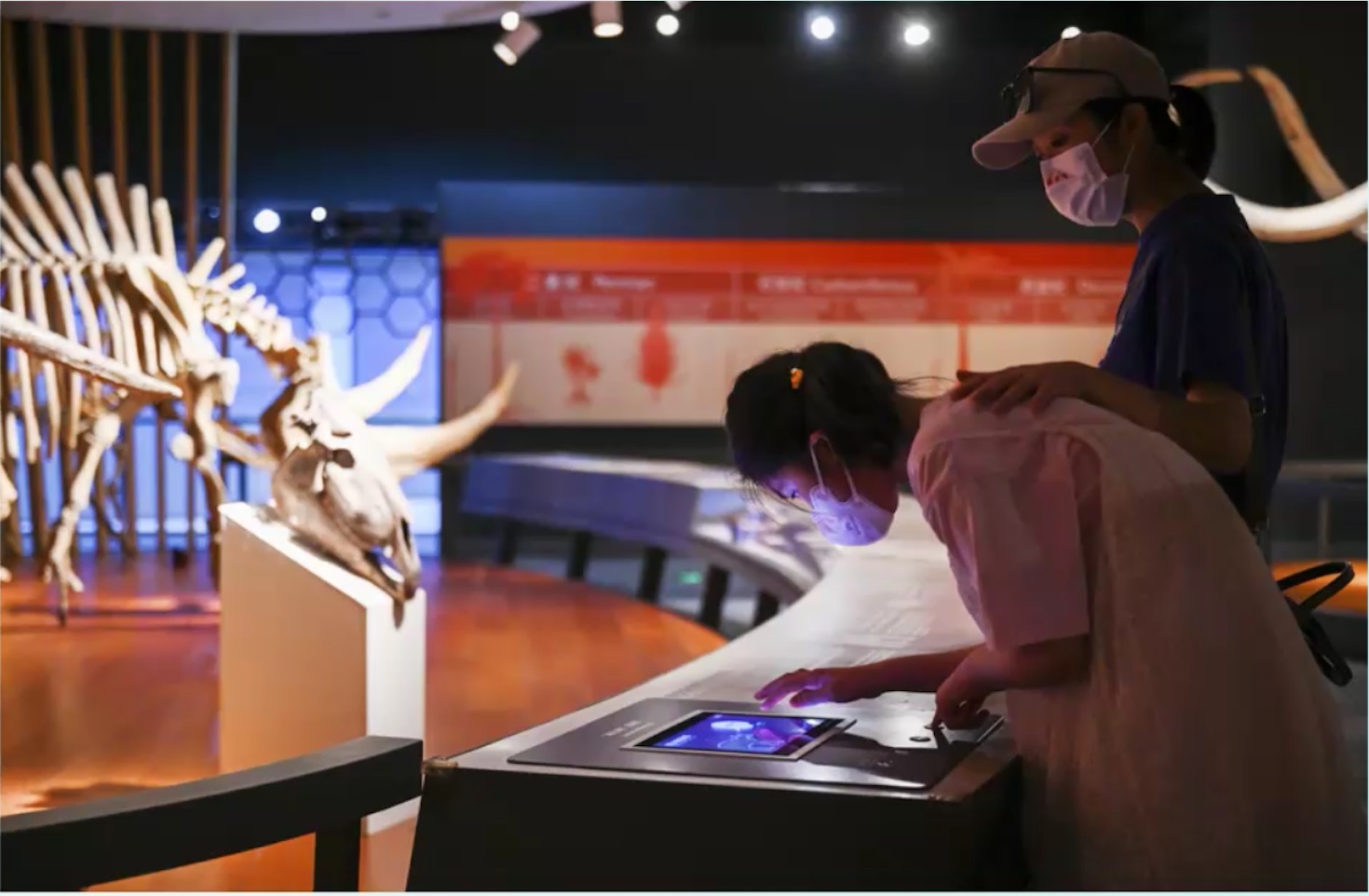Module 3
Utilising New Technologies in the Management of Cultural Heritage
Introduction
The role of emergent digital technologies are central to the future of the cultural heritage sector but require to be embedded in wider planning and development strategies. This module will highlight best practice and explore future applications of digital technologies in the management of cultural heritage but will also consider how they fit with wider goals.
Keywords
Digital heritage, virtual reality (VR), augmented reality (AR), immersive storytelling, immersive world, 3D scanning, digitisation, digital inclusion, smart heritage, digital twins, conservation technology, heritage interpretation, digital ethics, digital innovation, digital literacy, audience engagement.
Content
Key Discussion Points:
1. Digital Engagement and Participation
- Immersive storytelling through reconstructions and simulations of historic environments.
- Use of AR for in-situ interpretation and visitor navigation, and VR exhibitions for audiences unable to visit sites physically
- Crowdsourcing heritage information, stories, and digital archives.
- Building online heritage communities that complement physical engagement.
- Online heritage databases, virtual collections, and open-access platforms.
- Democratizing access to heritage — removing physical and geographic barriers.
2. Digital Documentation, Preservation and Interpretation
- 3D scanning, photogrammetry, and laser imaging for recording artefacts and buildings.
- Creation of digital archives as long-term preservation tools.
- Role of digital twins in monitoring, maintenance, and conservation planning.
- Using digital tools to support learning, interpretation, and creative storytelling.
- Integration with schools and universities for heritage education.
- Blending tangible and intangible heritage experiences.
4. Data, Ethics, and Sustainability
- Managing large datasets responsibly — privacy, bias, and cultural sensitivity.
- Long-term sustainability of digital projects (software obsolescence, funding).
- Balancing technological innovation with conservation ethics
- Accessibility barriers — digital divide and exclusion of non-digital users.
- Intellectual property and ownership of digital heritage assets
- High costs of technology, software, and training.
- Risk of technological obsolescence and data loss.
- Need for digital literacy among staff and volunteers.
- Potential loss of authenticity or over-commercialisation
Resources
Rethinking Heritage Futures, Online Workshop “Utilising New Technologies in the Management of Cultural Heritage”, 30 April 2025, Nottingham Trent University (NTU), Communication University of China (CUC).
Part 1 (Presentation by John O’Shea, and Jin Xuetao).
Part 2 (Presentation by Hannah Price, and Zheng Xia,).
Case Studies

National Videogame Museum,
Sheffield
John O’Shea, Creative Director & co-CEO, National Videogame Museum, Sheffield, UK

The Digital Transformation
of Chinese Museums
Zheng Xia, Professor College of Art and Archaeology, Zhejiang University, China

Immersive
World Building
Hannah Price,
Co-director at
Buried Giants

Case Studies
from the
National
Chinese
Museums
Jin Xuetao,
Dean of the Faculty
of International Media,
CUC
Further Resources
Please click on links for PDF
Champion, E. (2015) Critical Gaming: Interactive History and Virtual Heritage. London: Routledge.
Champion, E. and Rahaman, H. (2020) ‘3D digital heritage models as sustainable heritage information systems.’ Journal of Cultural Heritage Management and Sustainable Development, 10(3), pp.245–260.
Kenderdine, S. (2019) ‘Theorising digital heritage for immersive experience.’ Journal on Computing and Cultural Heritage, 12(1), pp.1–22.
Pescarin, S. (2014) ‘Digital heritage: technologies for heritage presentation and preservation.’ Virtual Archaeology Review, 5(10), pp.1–11.
Historic England (2022) Digital Futures: The Use of Technology in Heritage Management. London: Historic England.
UNESCO (2021) The Role of Digital Technologies in the Protection and Promotion of Cultural Heritage. Paris: UNESCO.
ICOMOS (2020) The Florence Declaration: Heritage and Digital Transformation. Paris: ICOMOS.
Information and Communication Technologies in Tourism, 2022, edited by Jason L. Stienmetz Berta Ferrer-Rosell David Massimo.
Rahaman, H. and Tan, B. (2021) Digital Heritage Reconstruction Using 3D Modelling and Simulation. Singapore: Springer.
Roders, A.P. and Hudson, J. (eds.) (2019) Sustainable Heritage: Merging Environmental Conservation and Digital Innovation. London: Routledge.
Virtual Heritage: Reality and Criticism, BENG-KIANG TAN, HAFIZUR RAHAMAN, 2009.
Bonacini, E. (2018) ‘Augmented reality and virtual reality in cultural heritage: new technologies for museum communication.’ DISEGNARECON, 11(21), pp.12–27.
Parry, R. and Sawyer, A. (2020) ‘Digital heritage and the ethics of representation.’ Museum International, 72(1–2), pp.58–67.